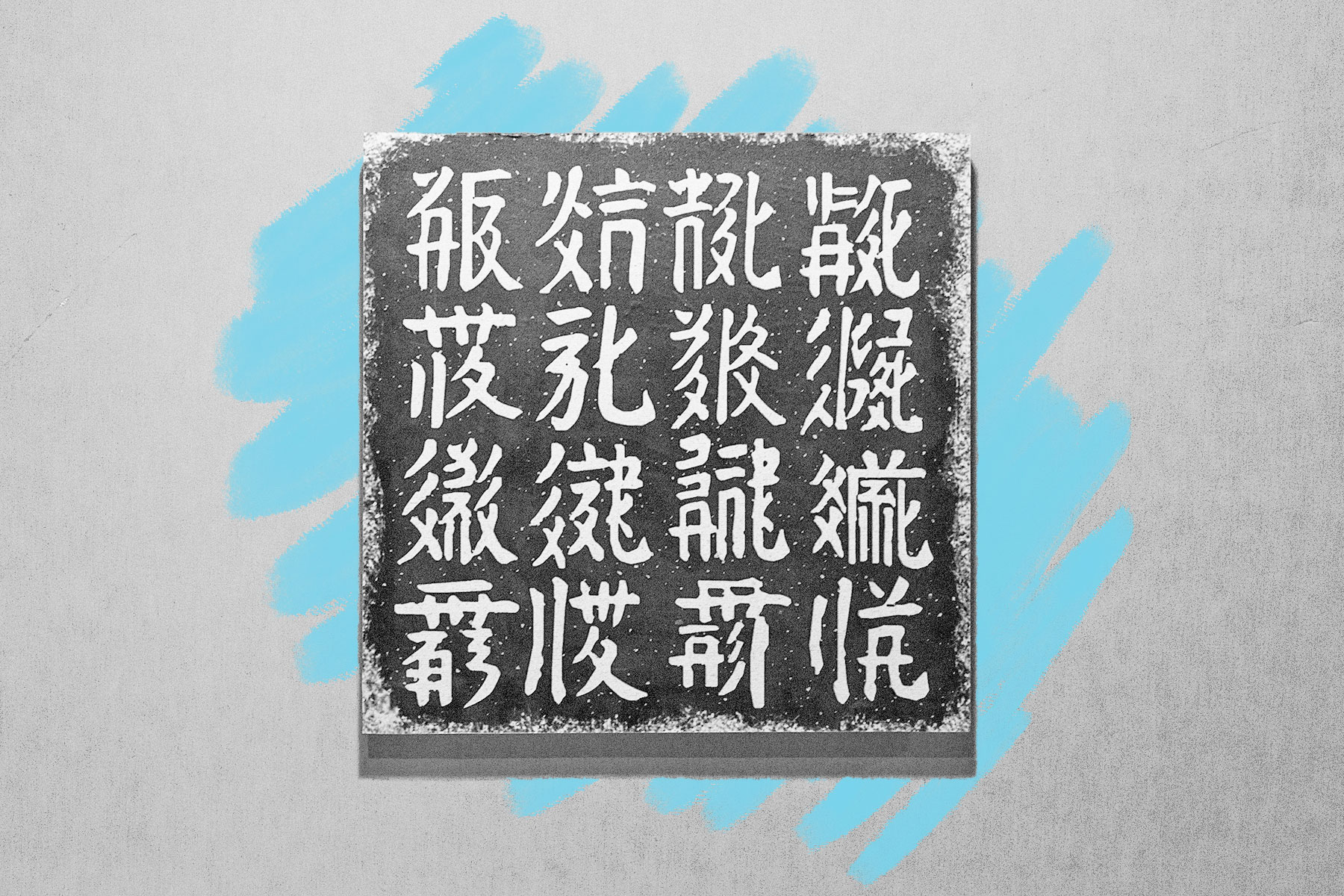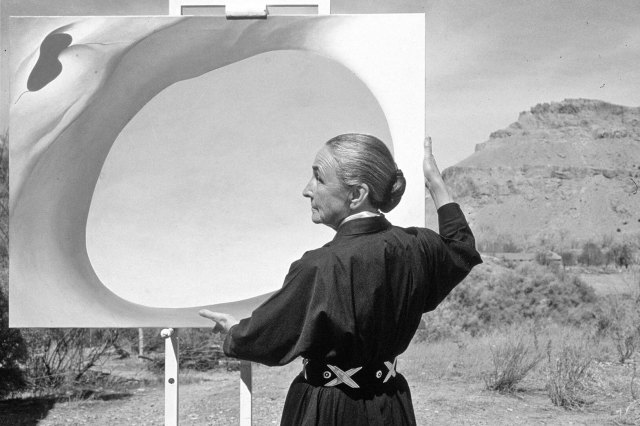The ancient Tangut script had more than 6,000 symbols.
While traveling in Asia during the early 20th century, Russian linguist Nikolai Aleksandrovich Nevsky became fascinated by an extinct Sino-Tibetan language called “Tangut.” It was the language of the Tangut Empire, or Xi Xia (meaning “Western Xia”), a kingdom in modern-day northwestern China that declared its independence from China in 1038 and developed its own language. This short-lived dynasty was wiped out by the expanding Mongol Empire in 1227, less than two centuries after its establishment, and its language was nearly lost to history.
Nevsky is credited with renewing interest in the Tangut script 700 years after the fall of the empire. In the late 1920s, he completed his first two manuals, which deciphered around 500 Tangut characters into Tibetan phonetic glosses (or notations). Thanks to Nevsky and other contributors in the field, some ancient Tangut scripts have been translated over the last 100 years, yet the Tangut language is still considered one of the most difficult in the world to decipher.
Although it was modeled after the Chinese writing system, there are few similarities in their actual characters, and native Chinese readers cannot decipher Tangut. There are also no known native speakers, and because the Tangut script is a logographic writing system, each of its 6,000 complex characters represents an individual word without relating to pronunciation. By comparison, other scripts with logographic elements have far fewer characters, such as the 700 Egyptian hieroglyphs and 800 characters in the Maya writing system. Both of these scripts also contain some phonetic signs that represent syllables, allowing them to use fewer characters, and making them easier to decipher than the Tangut language.















